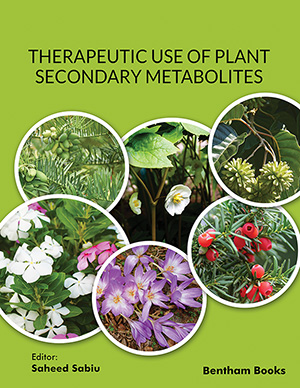Abstract
The use of medicinal plants and or medicinal plants-aided nanoparticles (NPs) in the management of diabetes mellitus has progressively received wider acceptance over the years due to the accompanying side effects with conventional therapy. The review explores the application of green-synthesized nanostructures in the control or management of diabetes as well as probable mechanism of NPs formation and possible toxicity. Information sourced from scientific databases including Science Direct, Google Scholar, PubMed, Web of Science, SciFinder, JSTOR revealed 58 medicinal plants explored in the synthesis of four (4) NS such as gold, silver, zinc oxide and platinum with established antidiabetic potential. The NS is characterized by varying microscopic and or spectroscopic instruments such as UV-Vis, SEM, EDS, FTIR and XRD commonly are stable, smaller-sized and mostly crystalline in nature. The functional groups responsible for the reduction and stabilization of the nanoparticles are predominantly C-O, C-H, COOH, N-H found in phenols, flavonoids, alkaloids, proteins and so on. The review identified and revealed 45% studies with less than 5% (mostly from India) conducted on animal models for antidiabetic and toxicity determinations, respectively with none for clinical studies, indicating the need for intensified efforts on research on these identified plants and unidentified species for drug development.
Keywords: Diabetes management, Characterization techniques, Functional groups, Green application, Nanoparticles, Reducing and/or stabilizing agents.






















